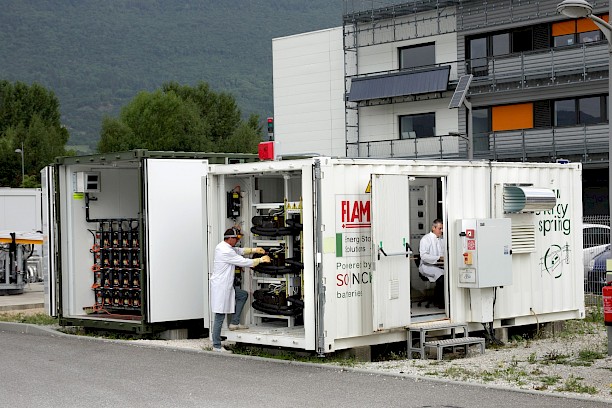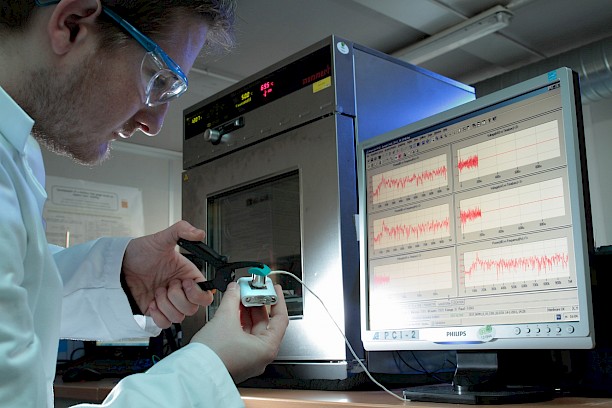The success of the energy transition is partly determined by the massive deployment of photovoltaic production and connection to the electricity grids. The related challenges are both economic and technical.
CEA at INES is developing components and solutions to move towards photovoltaic systems optimised in terms of both design and operation. Our solutions aim to produce always cheaper electricity, to store it, to connect it to the grid, and to control it with increasingly reliable and more robust components.



